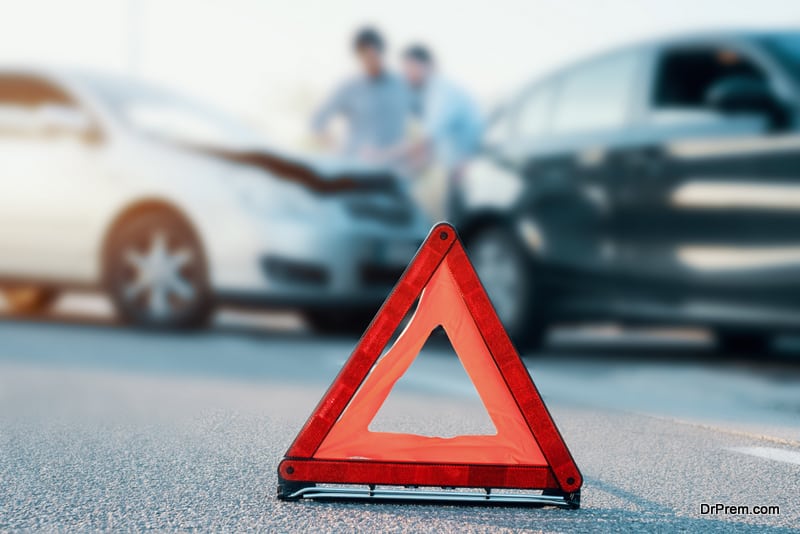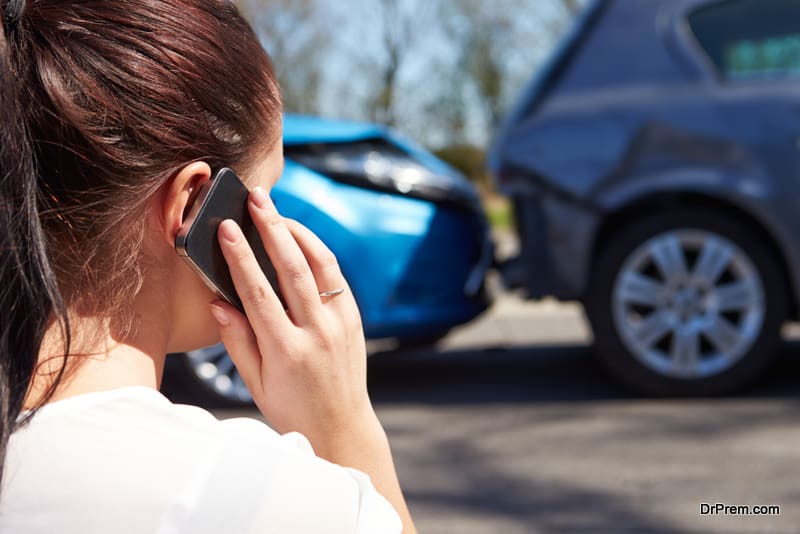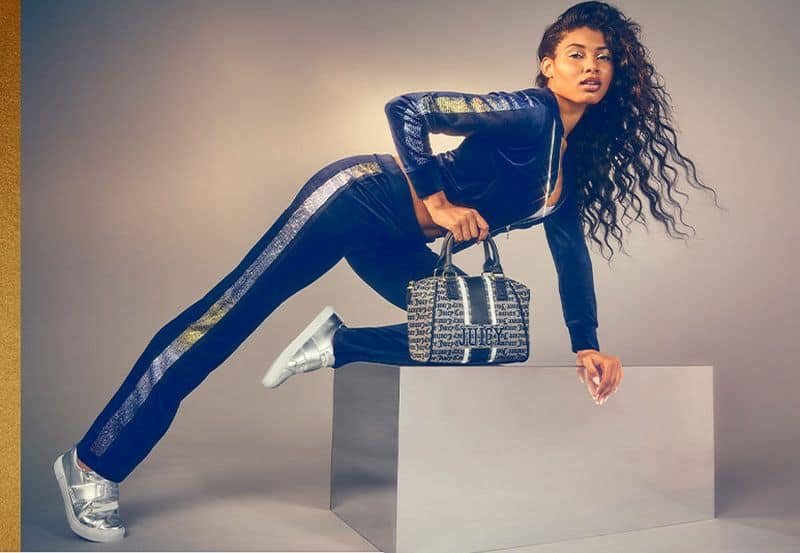The following is a list of recommendations from a car accident lawyer in Owings Mills on what you should do after a traffic collision in Maryland. All of the information in the article presumes that you are reading this advice before a traffic collision occurs. The problem is if you are reading this article after a traffic collision occurs, you might not be able to act on all of the instructions in this article because it might already be too late.
1. Stay Safe

Ensuring the safety of the driver and passengers is the most important thing after a traffic collision. Bring your vehicle to a complete stop and turn off the engine. Make sure it is safe to exit the vehicle before stepping out of the vehicle. Personal injury lawyers handle a multitude of injury cases that occur as occupants exit the vehicle.
Pedestrians close to a traffic collision have a higher risk of injury. A recommendation is not to move the vehicles until the police arrive. Consider changing the position of your vehicle only if it poses a safety threat to traffic, for example, if your vehicle is on railroad tracks and a train will pass soon. Move the precarious automobile in the same orientation to the other vehicle only if you are in good health to move it.
2. Alert the Authorities
The best way to alert the authorities is to call 911 since they can arrange for both the police and an ambulance. Inform the public authorities of your exact location.
3. Collect Traffic Collision Information
Gather as much of the following information as you can about the traffic collision.
- Other driver’s name, home phone, and address
- Other driver’s employer and office telephone number
- Year, make, and model of the other vehicle, as well as the vehicle registration
- Name of the owner of the other vehicle
- Name of insurance company and type of policy
- Other driver’s injuries or health complaints
- Any statement the other driver makes about you
Every traffic collision is unique. All of this information, taken on the day of the traffic collision, can help a personal injury attorney protect your best interests in a court of law.
4. Find Witnesses

Identify any witnesses of the traffic collision by getting their name, address, and phone number. People visit the scene of a traffic collision asking if they can help. A majority of these people leave the victims of the traffic collision after the authorities and the medical services arrive. It becomes impossible to locate witnesses later on because they go without providing any contact information.
5. Keep Track Of Details
You will have time before the emergency services arrive. Use this time to note the exact date, time, and location of the traffic collision if your health permits. Try to include a landmark in your description of the position. Make a note of the weather and road conditions in the place where the traffic collision occurs.
Drawing a diagram of the traffic collision, which includes the positions of the automobiles, can be handy in the event your case goes into litigation. Keep all this information handy only for the personal injury lawyer who represents you in a court of law.
6. Remain Silent
There is no doubt that it can be hard to maintain composure right after a traffic collision occurs. Like most people, you will experience a rush of adrenaline, similar to being on a roller coaster ride, at the time of the traffic collision. In the wake of these emotions, people often make personal comments about the traffic collision with the other driver. No one can verify the truth or accuracy of any of the remarks you or the other driver make at the scene of the traffic collision.
Making comments about the traffic collision with the other driver will never be helpful to you or your case. Your reactions to the traffic collision can go against you in a court of law. Some of your remarks contain speculation that is not helpful if your lawyer wants to settle the case. Keep an eye on the whereabouts of the other driver, and wait for help to arrive.
7. The Importance of a Medical Consultation

After a traffic collision, an ambulance takes the injured party to the emergency room for consultation with a general physician. Some people might not have injuries that are visible to the naked eye. But that does not mean that they do not require medical attention. Some people do not seek medical attention and battle it out against themselves by telling themself that eventually, they’ll be okay.
Insurance companies provide medical coverage to people with injuries. An insurance company can use this as an alibi against you if you do not seek professional medical assistance. Let the doctor know that you have been in a traffic collision and describe any pain you feel. The doctor will be able to recognize and identify the kind of treatment you need.
8. Pay Attention & Remember
Pay attention to all of the little details that occur in a traffic collision. Listen to what the other driver, or their passengers, have to say about you. The information can prove helpful in the event of filing a lawsuit. Sometimes their comments can implicate their responsibility for the traffic collision even if they do not want to.
The other driver might comment such as “I didn’t see you there,” “maybe I was going too fast,” or they might apologize for being at fault. Write down their exact words as soon as you can. The funny thing about memory is that it often escapes you when you need it the most. Write down any comments the other driver or witnesses make at the traffic collision about you so that you can use this information to your advantage when the time comes.
9. Take Pictures
“A picture is worth a thousand words,” as the saying goes. Pictures provide an enormous amount of information in case of a traffic collision. Take photographs of your automobile and the damage to your vehicle from many different angles. A picture is even more valuable if you can incorporate landmarks associated with the location of the traffic collision.
Take photographs of the other driver’s motor vehicle from different angles. Try to incorporate any skid marks, damage to trees or fences, and car parts on the road in the pictures. Take a set of pictures for each vehicle. The most important set of pictures are the pictures that contain both the motor vehicles together in the same picture.
Article Submitted By Community Writer




